
“A picture tells a thousand words.” It’s a simple sentence, but hard to definitively prove. Yet we know this: a strong image can grab attention instantly. It might be the subject, the angle, the contrast, or something hard to ignore.
Think of iconic album covers or advertising campaigns.
A powerful photograph can seize attention, evoke emotion, and influence thinking. I use this principle constantly in creative workshops, problem-solving sessions, and strategy work.
Watch a Creative Soul Projects video, read on for details.

Why Photographs Matter
I use photography for:
- Emotion and meaning – Conveying clarity, feeling, and direction
- Observation skills – Learning to notice the world around me
- Self-reflection – Understanding patterns in my interests
- Visual leadership – Guiding teams using images to focus attention
Photographs have the ability to capture our attention and hold it. We're seemingly hard wired to be attracted to images (and video). Hence, my talks, my workshops, my change programs, my strategies, my painted pictures - they all use images and visuals liberally.
Science backs this up:
- Images increase attention and engagement (Xia et al., 2020)
- Image quality isn’t always key—relatable or filtered images often resonate more than technically perfect ones (Schifanella et al., 2015; Bakhshi et al., 2015)
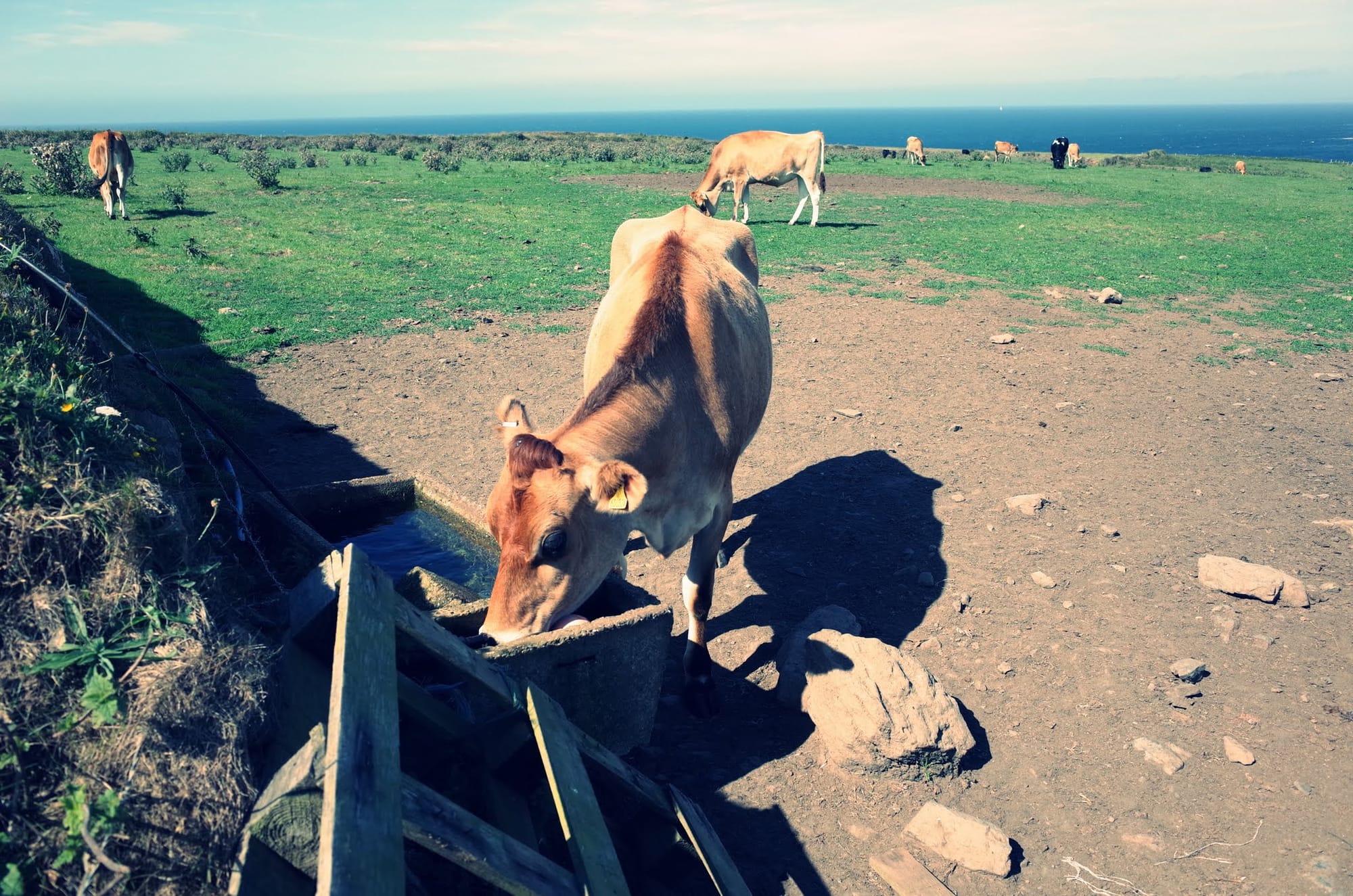
Photographs Communicate More Than Words
A photograph can convey meaning faster and more universally than language.
Example: a photo of people on a wild ride immediately communicates risk, excitement, and energy. Describing the same scene in words would take paragraphs and may still fail to evoke the same emotion.
This principle is central to how I run workshops. Instead of long explanations, a photograph can summarise complex ideas at a glance.
Universal communication:
The “cow” exercise from Open University’s Reading Visual Images course illustrates this brilliantly. Imagine trying to explain what a cow is to someone who doesn’t speak your language. You could describe its size, its shape, its spots, the sound it makes—but without a shared vocabulary, the explanation quickly becomes confusing, vague, or even comical.
Now, show that same person a photograph of a cow. Recognition is immediate. The shape, the texture, the context of the animal in its environment—all of it communicates instantly, bypassing the need for words entirely. A single image often conveys meaning far more efficiently than paragraphs of description.
This simple exercise underlines a bigger point: photographs can transcend linguistic and cultural barriers, giving teams a powerful tool to communicate ideas, emotions, and concepts quickly.
In a business context, this is incredibly useful. When teams are grappling with complex challenges, abstract strategies, or creative problem-solving, photographs (and other visuals) allow everyone to “see” a concept instantly. They provide a shared reference point that sparks discussion, encourages interpretation, and helps uncover insights that words alone might never reveal.
This is precisely why, when you work with me, I draw, sketch and visualise a lot. It helps us get clear.
Realism vs. Conventionalism
When we read a photograph, we usually engage in two distinct ways:
1. Realism (Content) – This is what is literally in the photograph. It’s the observable, factual elements: the subjects, objects, composition, lighting, colours, and other concrete details.
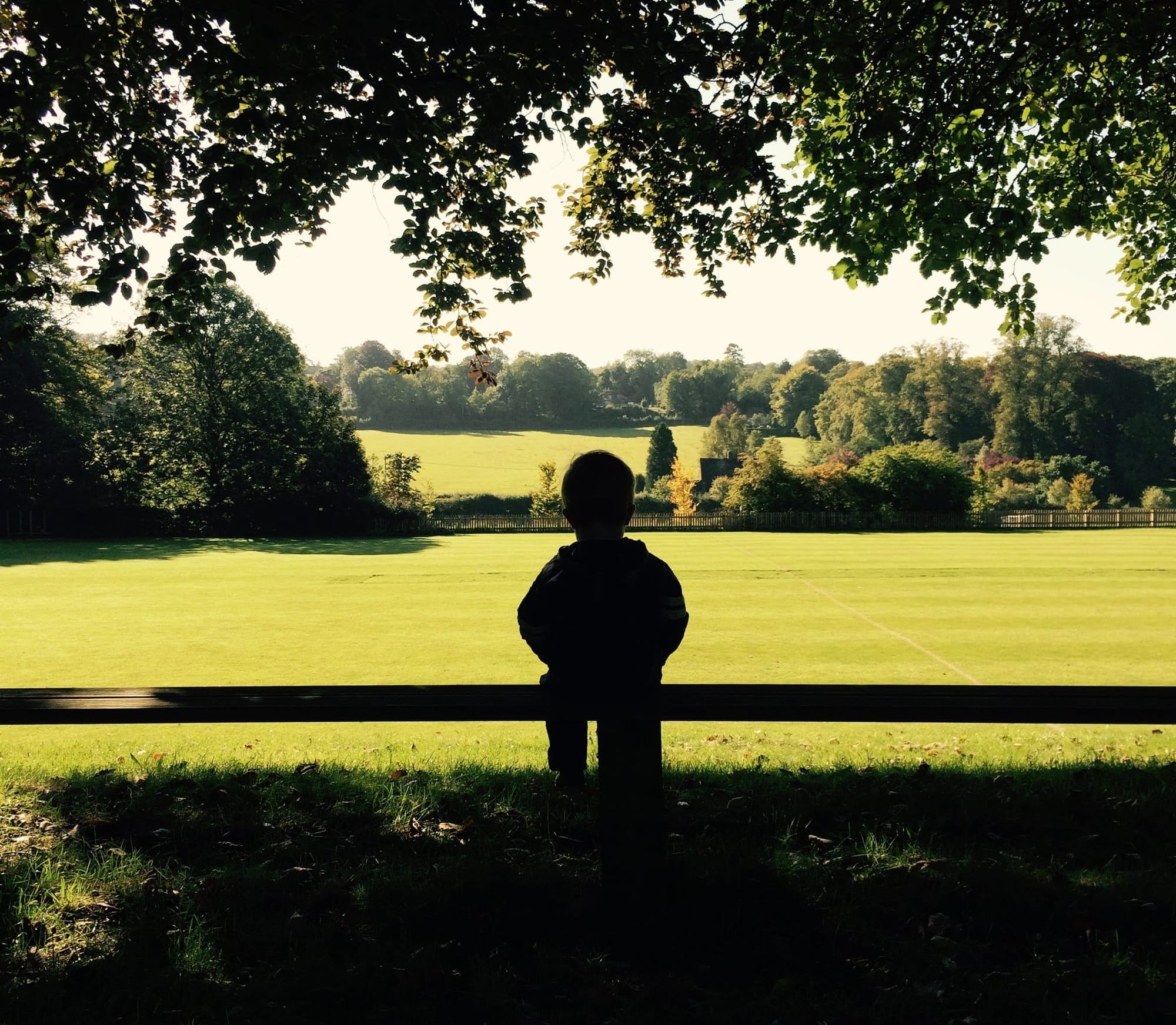
For example, take this photo of a young child sitting on a railing in a school playing field. From a realism perspective, we can describe:
- A small child is sitting on a railing.
- The child is outdoors, surrounded by greenery.
- There are trees and fields in the background.
- It appears to be a sunny day with shadows on the grass.
These are objective details that anyone viewing the photo can agree upon. Realism gives us facts and a solid starting point.
2. Conventionalism (Assumed Context) – This is about interpreting the story, meaning, and narrative behind the image.
Here, we start to imagine the circumstances, emotions, or cultural cues associated with the scene. Using the same photo, conventionalism might involve questions like:
- Who is the child? Are they alone or with others?
- Why are they sitting there? Are they resting, observing, or playing?
- Is this a school break, a family outing, or a quiet moment before a game?
- What emotions does this scene evoke—peace, curiosity, or nostalgia?
The answers are not immediately obvious—they rely on imagination, reflection, and interpretation. This assumed context is where creativity and insight emerge.
Why it matters:
- The content of a photo gives us facts we can describe and communicate clearly.
- The assumed context allows us to explore ideas, connect with emotions, and generate insights that might apply to our own experiences or problem-solving.
Putting it together:
When I use photographs in workshops, I often ask participants to separate these two ways of reading an image.
For instance, with the photo of my son on the school playing field (yes, it was one of my photos - of my son):
- Content (Realism): A five-year-old child sits on a railing in a grassy field under a tree. The sun casts soft shadows.
- Assumed Context (Conventionalism): Perhaps the child is taking a quiet moment before joining the game. Maybe he’s reflecting on the day, or simply enjoying the peace of nature. Perhaps the parent taking the photo wanted to capture a fleeting moment of childhood. This scene could evoke memories of our own children, inspire ideas for a photo project, or spark creative thinking about space, play, or observation in an unrelated problem-solving context.
By separating what is there from what we imagine, a single photograph becomes a powerful tool for reflection, insight, and creativity.
It teaches us to observe carefully, think broadly, and find inspiration in even the simplest scenes.

Using Images to Unlock Creativity
This is where tools like Visual Explorer Cards come in - I got these from the Center of Creative Leadership. These are the cards I use for helping teams get unblocked, generate ideas and ideate around solutions to problems.
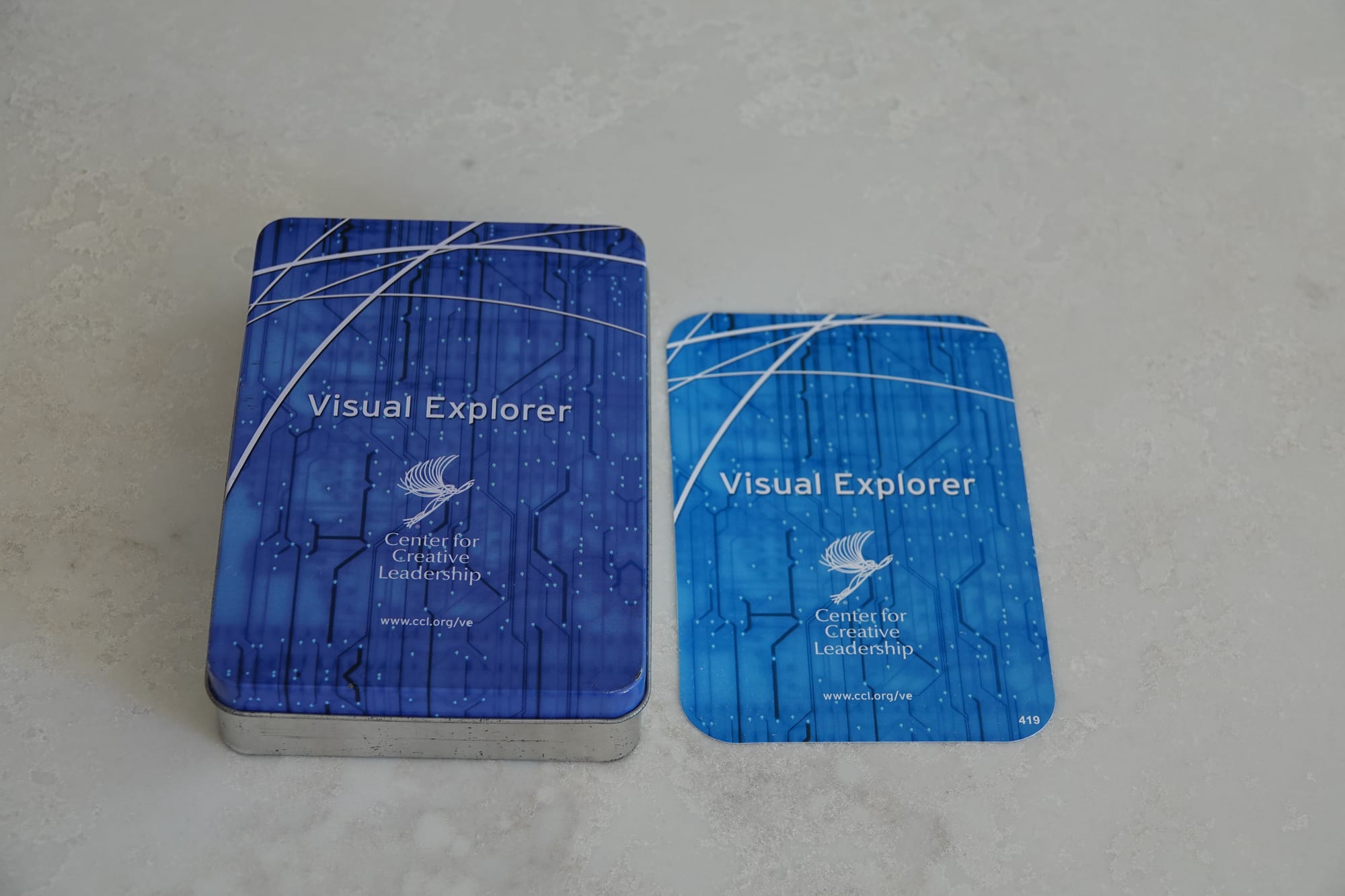
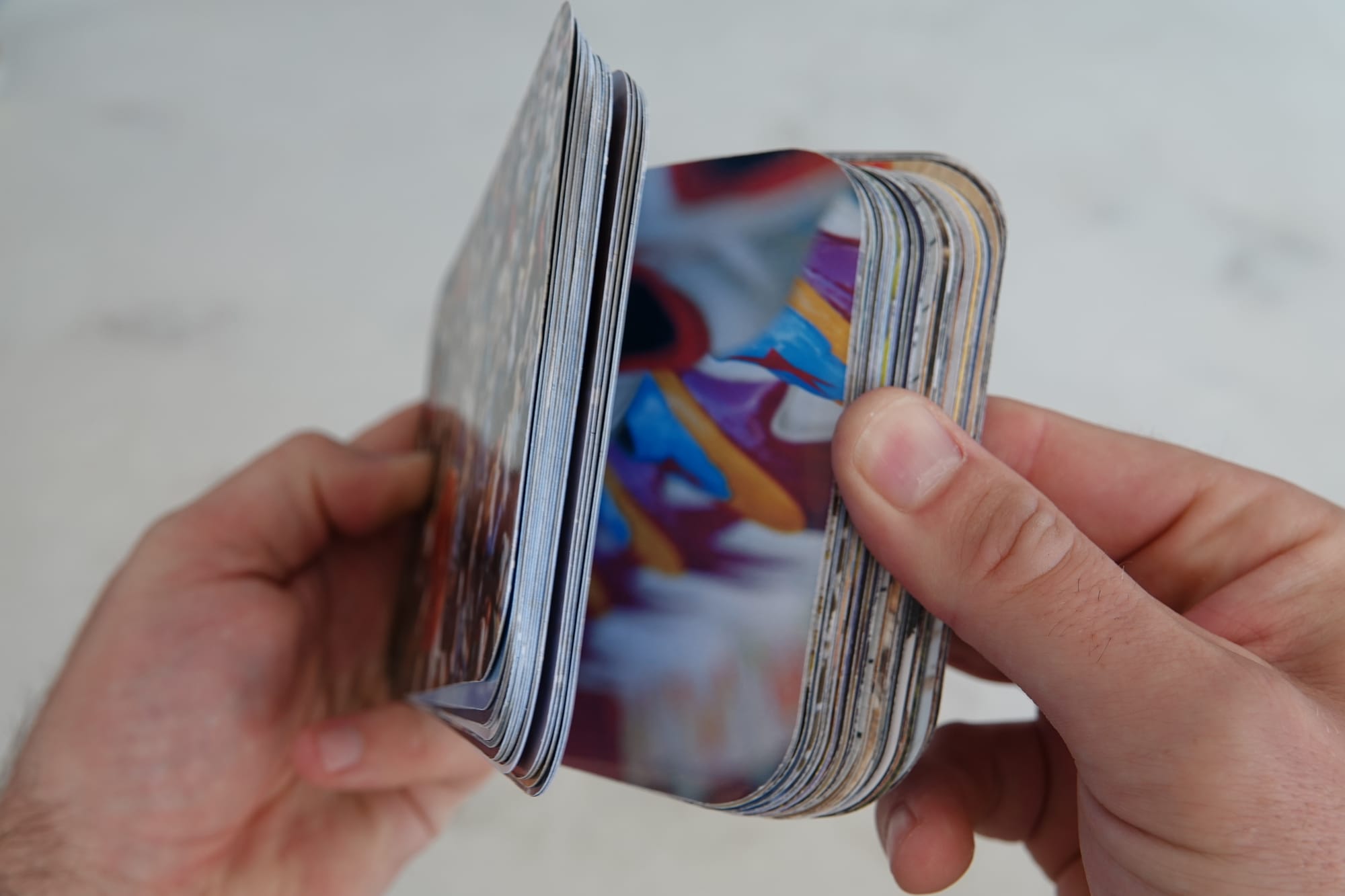
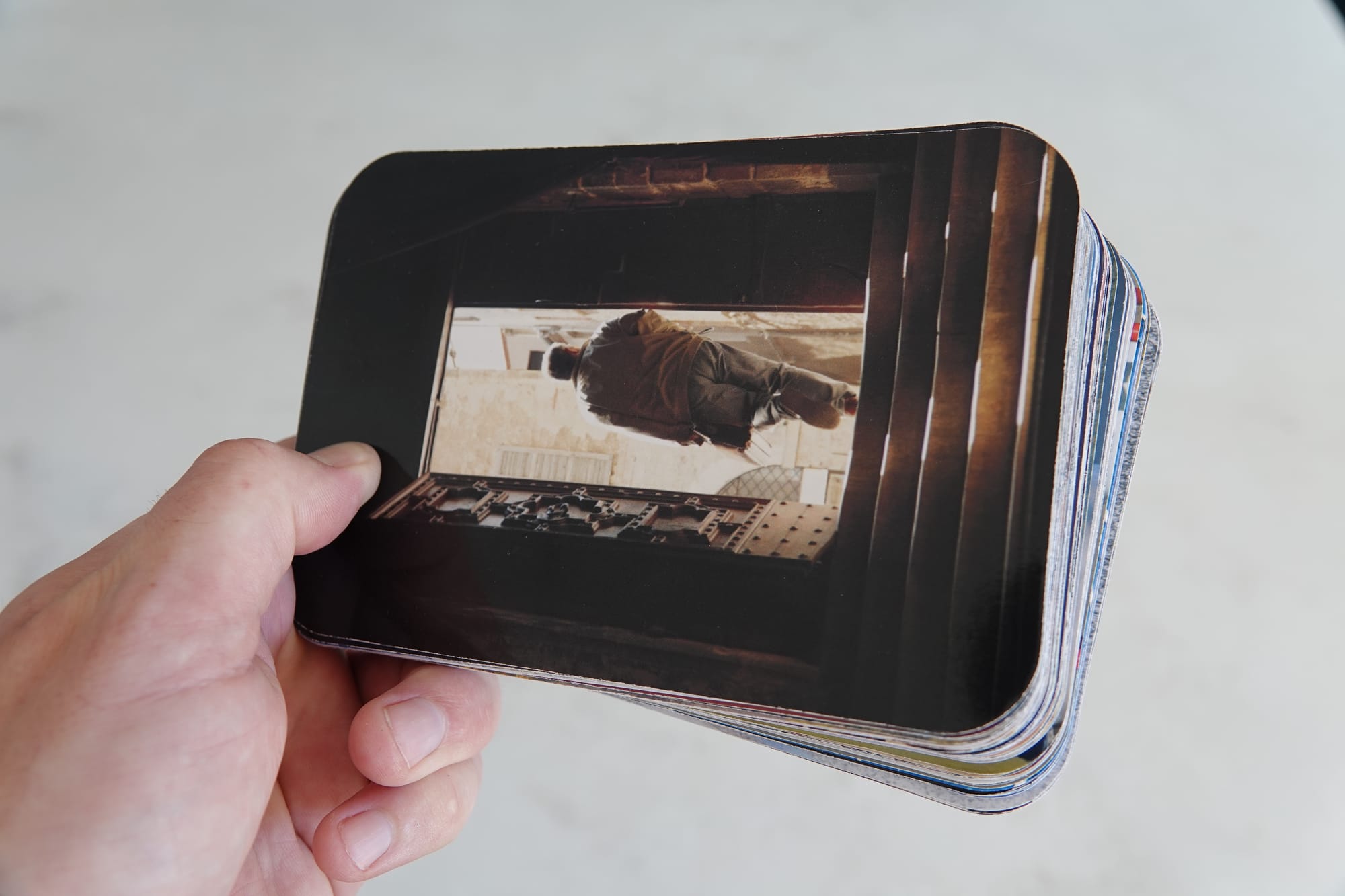
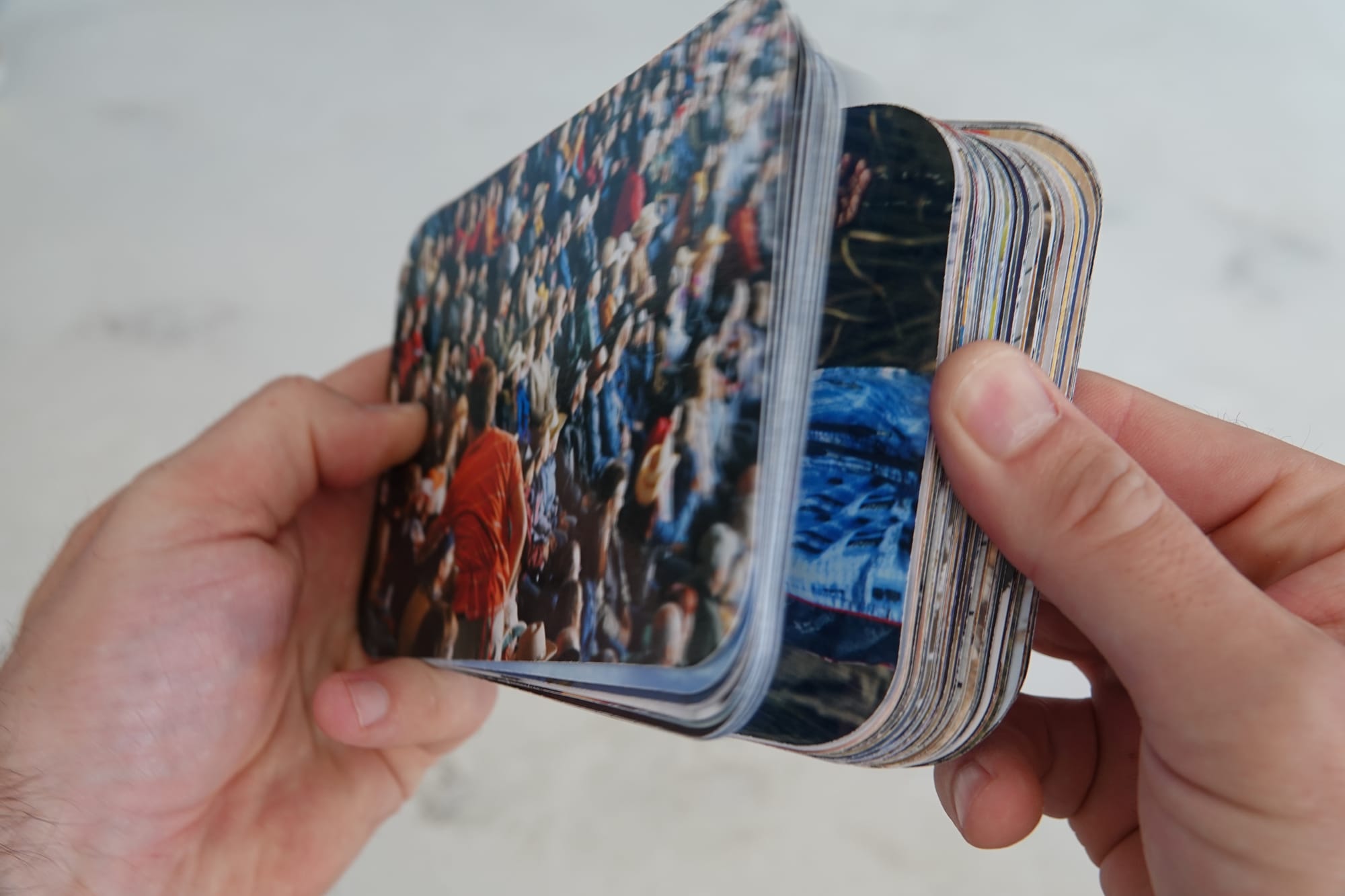
No context provided: The images contain no commentary, date, location, or explanation. They are purely visual. This lack of context is deliberate — it encourages participants to engage actively with the image and create based on their own thinking, context and personality.
Content only: Teams first focus on the literal elements in the photograph—the subjects, objects, colours, composition, and observable details. This is about describing what is there, without interpretation. For example, a photo might show a lone tree in a field, a group of people interacting, or an abstract pattern. Identifying these details grounds the exercise and ensures everyone starts from a shared understanding of the image.
Imagination required: Next, participants generate an assumed context. They ask themselves questions like: Who or what is involved? What is happening here? Why is this scene taking place? What emotions or stories could be behind it?
This step requires imagination and reflection. By projecting meaning onto the image, participants connect it to their own challenges, problems, or projects—often generating insights and ideas they would not reach through words alone.
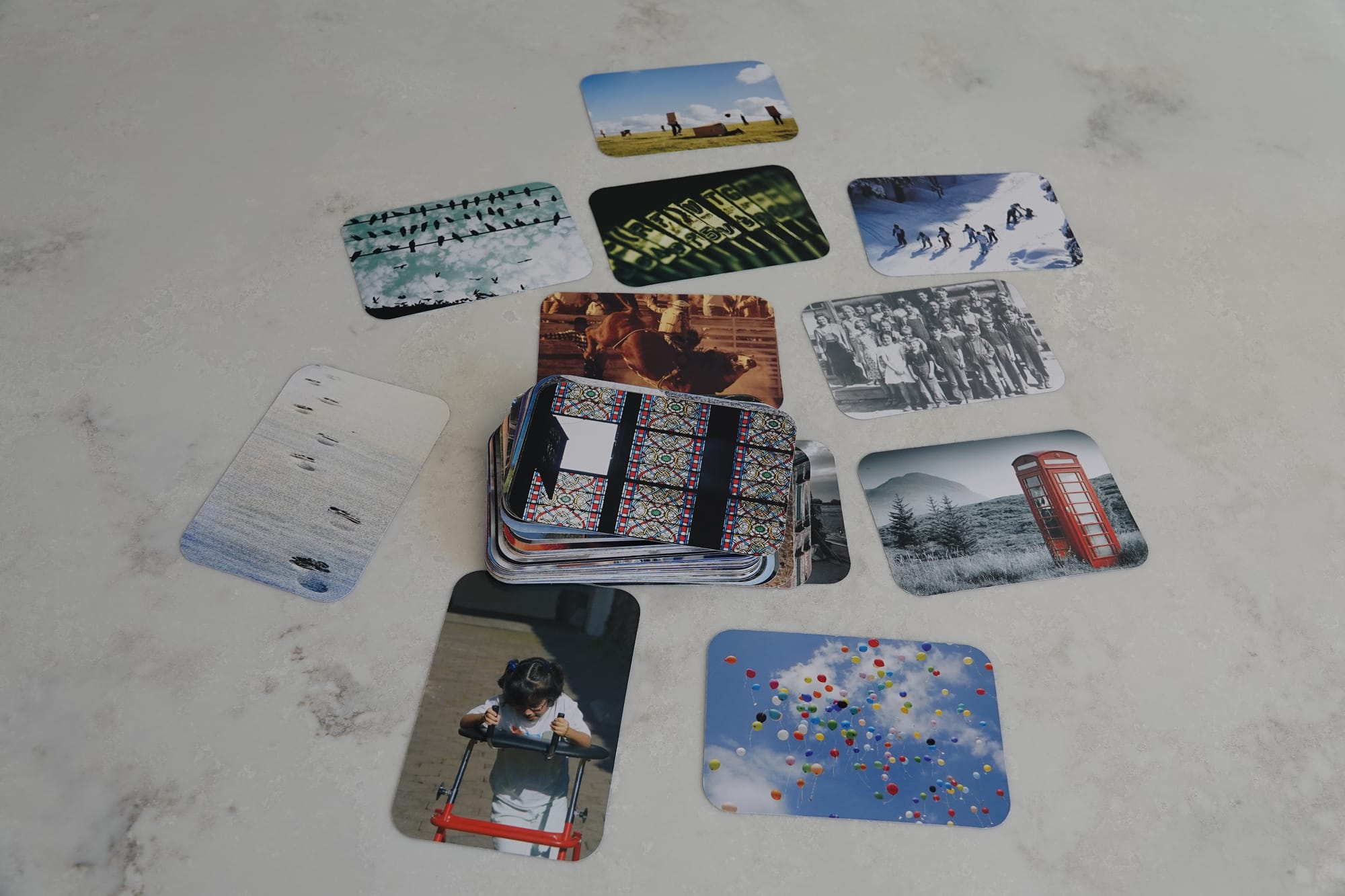
Example from a leadership workshop:
- Team members each picked an image card and wrote down both the content (what they could literally see) and their assumed context (what they imagined might be happening or the story behind the image).
- Abstract words such as local, speed, self-sufficient, recycle, treasure, and solitude emerged from this process.
- These seemingly ephemeral ideas inspired a new product concept for local markets: a product that was low-energy, fast-charging, and capable of working independently, directly reflecting the themes drawn from the images.
Another application—strategy alignment:
- After long, intense workshops, participants were asked to select an image that represented their feelings about the strategy they had developed.
- By sharing these images with the group, emotions, perspectives, and insights surfaced that might otherwise have remained unspoken.
- This visual reflection helped leaders understand alignment — or misalignment — within the team and brought clarity to the emotional and cognitive landscape surrounding strategic decisions.
Why it works: Using images without context forces teams to observe carefully, imagine broadly, and articulate insights that might not emerge through discussion alone.
By combining content (what is there) with assumed context (what it could mean), photographs become a tool not just for creativity, but for problem-solving, ideation, and team alignment.
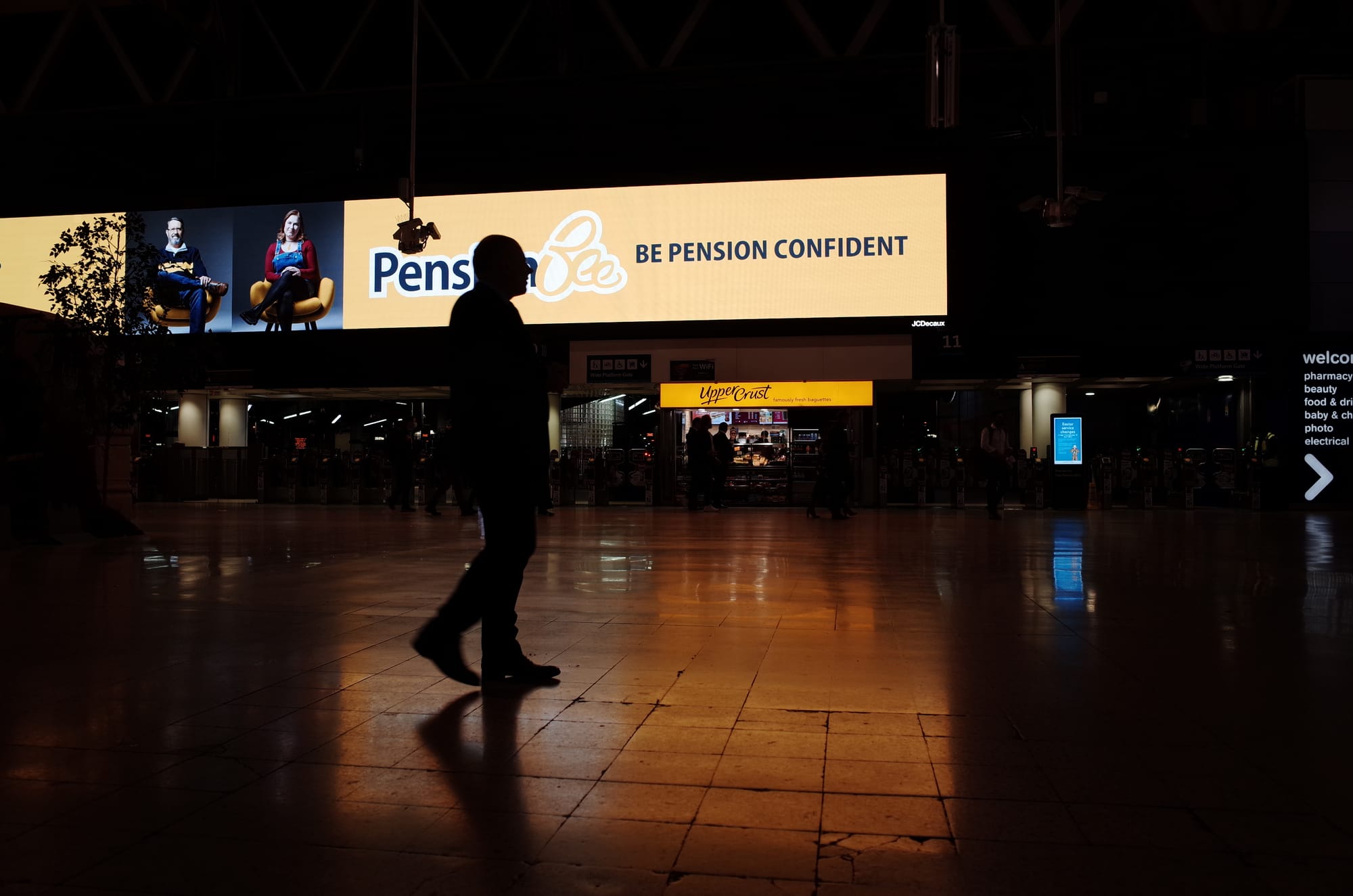
How to do this activity - step by step
When I run workshops with leadership teams, we are often trying to solve problems and get teams unstuck — be it a new product, a strategic pivot, or improving a process.
That’s when I bring out image cards. Here’s how we use them to turn visual sparks into business insights:
1. No context, just content:
The photos contain no captions, dates, or commentary. Teams see only the visual content, which makes them focus on what’s literally in the image.
2. Pick images intuitively:
Each participant chooses images that speak to them. Often, the selection itself reveals something about how they perceive the problem.
3. Examine the content:
Teams note the facts: the people, objects, colors, shapes, and composition. Then they ask: how could these elements relate to our challenge?
Even a simple object—a tree, a bridge, a street—can spark metaphors for a business problem.
4. Imagine the context:
Now participants create a story: Why is this scene here? What is happening? What emotions or intentions are at play?
They connect these assumed contexts back to the business challenge—perhaps the lone tree sparks ideas about resilience, or a crowded street suggests bottlenecks in workflow.
5. Capture keywords and insights:
Participants jot down both the literal content and the assumed context.
Words like “local,” “speed,” or “self-sufficient” often emerge. These abstract ideas can inspire solutions, new products, or ways of working.
6. Share and connect:
The group shares their observations. Surprising connections appear — one person’s “solitude” links to another’s “focus,” revealing patterns that inform strategy or decision-making.
7. Combine and explore:
We combine ideas from multiple images. What happens if “recycling” meets “speed” or “treasure” meets “independence”?
This mash-up of concepts often uncovers innovative solutions the team wouldn’t have found through discussion alone.
8. Reflect and act:
Finally, we reflect on insights and connect them to real business objectives. Teams identify actionable ideas, test concepts, and align on strategy—using the images as a springboard for creative problem-solving and fresh perspectives.
Why This Works
Photographs activate parts of the brain that words alone cannot reach. They engage our visual and emotional processing in ways that text often can’t, triggering intuition, curiosity, and pattern recognition.
Because photographs rarely provide all the information, they present gaps that our brains naturally try to fill. This prompts imagination, reflection, and deeper engagement with what we’re seeing. We start asking questions, making connections, and exploring possibilities beyond the literal image.
By deconstructing the content—what is literally in the photo—and imagining the context—why it exists, who is involved, and what story it tells — we can uncover hidden solutions, fresh perspectives, and innovative ideas that may otherwise remain dormant.
Unlike infographics, which are designed to present a complete story or data set, photographs invite you to create your own meaning. This opens space for insight, personal interpretation, and creative problem-solving, making them a uniquely powerful tool for business challenges and strategic thinking.
Conclusion
- Images capture attention, emotion, and imagination
- Using photographs with no context sparks creative thinking
- Combining content + assumed context leads to new ideas and insights
- This approach helps teams solve problems, generate ideas, and design futures
Photographs go to places in the brain that words can’t reach. They create opportunities for insight, innovation, and reflection.
Go forth and use photographs to spark insights and creativity.
Rob
P.S. If you like photography, video, and creativity, I share behind-the-scenes ideas on Instagram.
Bibliography
Bakhshi, S., Shamma, D., Kennedy, L., Gilbert, E., 2015. Why We Filter Our Photos and How It Impacts Engagement. Proceedings of the International AAAI Conference on Web and Social Media 9, 12–21. https://doi.org/10.1609/icwsm.v9i1.14622
Bell, B.T., 2019. “You take fifty photos, delete forty nine and use one”: A qualitative study of adolescent image-sharing practices on social media. International Journal of Child-Computer Interaction 20, 64–71. https://doi.org/10.1016/j.ijcci.2019.03.002
Burkholder, C., 2016. On Keeping Public Visual Fieldnotes As Reflexive Ethnographic Practice. McGill Journal of Education 51. https://doi.org/10.7202/1038609ar
“Creative Infographics: Between Art and Journalism”. Design online course by Jaime Serra Palou [WWW Document], n.d. . Domestika. URL https://www.domestika.org/en/courses/386-creative-infographics-between-art-and-journalism/course (accessed 7.16.23).
Eklund, A., 2024. Using Images as Metaphors for Creative Thinking. Andy Eklund. URL https://andyeklund.com/using-images-as-metaphors-for-creative-thinking/ (accessed 7.29.24).
Gómez Cruz, E., Ardevol, E., 2013. Some ethnographic notes on a Flickr group. Photographies 6. https://doi.org/10.1080/17540763.2013.788836
Haidri, R., 2020. Changing Focus: Using Photography to Prompt Creative Writing.Reading visual images [WWW Document], n.d. . Open Learning. URL https://www.open.edu/openlearn/society-politics-law/sociology/reading-visual-images/content-section-0?intro=1 (accessed 7.23.24).
Ruijter, J. de, 2017. How a Random Image can help you to generate creative ideas. HatRabbits. URL https://hatrabbits.com/en/random-image/ (accessed 7.29.24).
Schifanella, R., Redi, M., Aiello, L.M., 2015. An Image Is Worth More than a Thousand Favorites: Surfacing the Hidden Beauty of Flickr Pictures. Proceedings of the International AAAI Conference on Web and Social Media 9, 397–406. https://doi.org/10.1609/icwsm.v9i1.14612
Sung, Y., Lee, J.-A., Kim, E., Choi, S.M., 2016. Why we post selfies: Understanding motivations for posting pictures of oneself. Personality and Individual Differences 97, 260–265. https://doi.org/10.1016/j.paid.2016.03.032
Xia, H., Pan, X., Zhou, Y., Zhang, Z. (Justin), 2020. Creating the best first impression: Designing online product photos to increase sales. Decision Support Systems 131, 113235. https://doi.org/10.1016/j.dss.2019.113235
